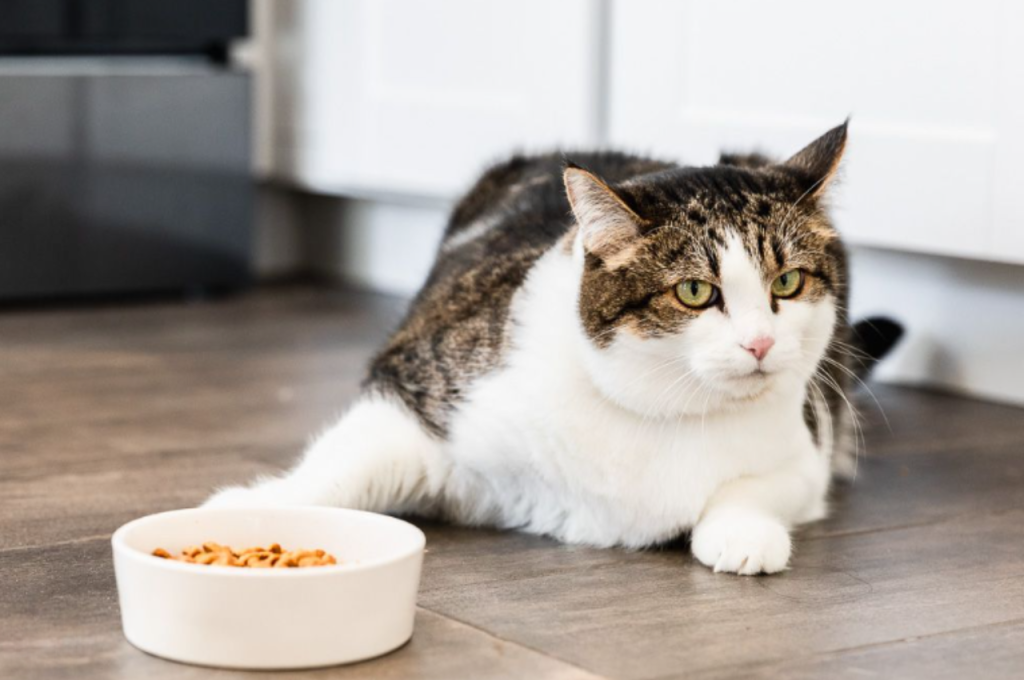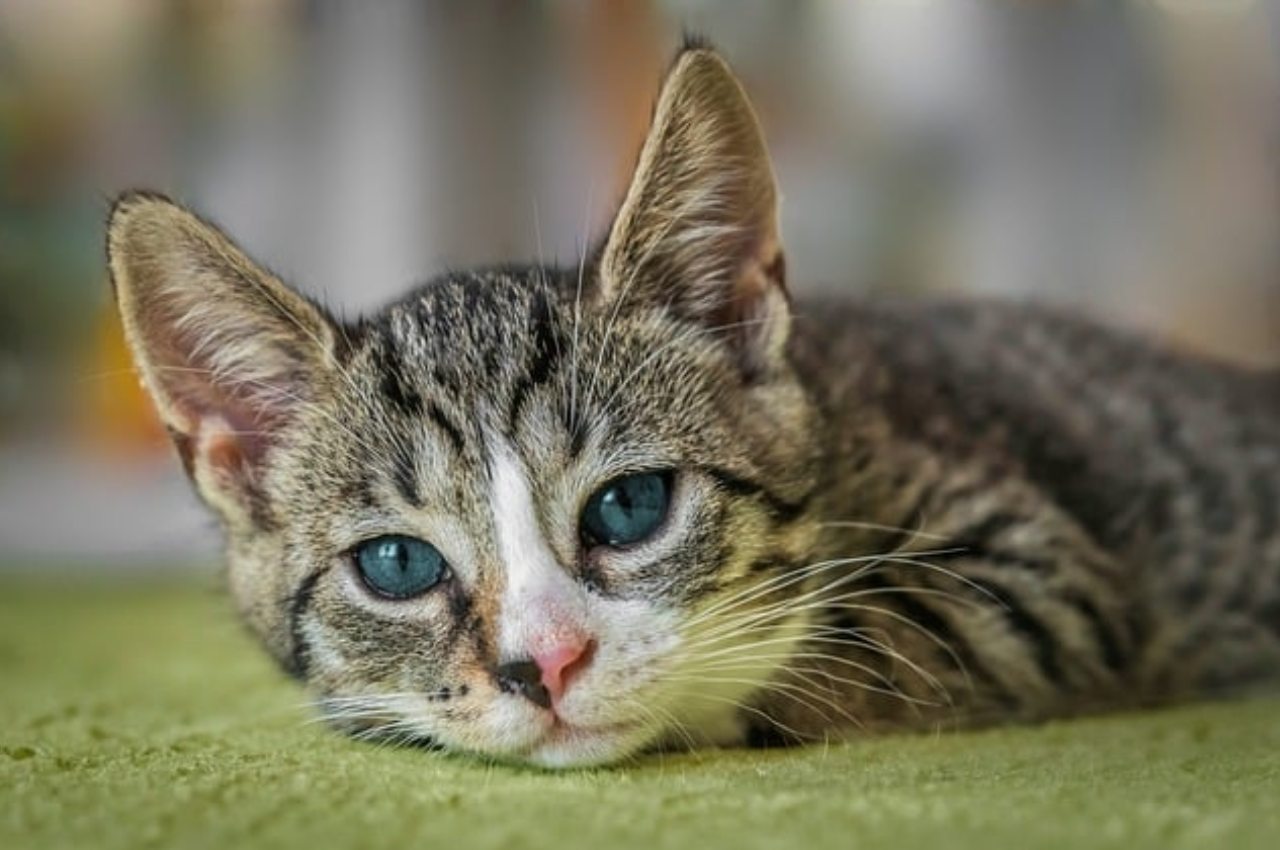Cats should not be exposed to toxic foods or left unsupervised outside. We will explore a comprehensive guide on what not to do with cats to ensure their safety and well-being.
Cats are curious creatures with specific needs and habits, and it’s important to be aware of potential dangers and avoid them. By understanding what actions and substances are harmful to cats, you can provide a safe and loving environment for your feline companion.
From avoiding certain foods to ensuring a secure indoor environment, following these guidelines will help keep your cat healthy and happy. So, let’s delve into the dos and don’ts of cat care to enhance your understanding of what it takes to be a responsible cat owner.
Common Mistakes When Caring for Cats
When caring for your cat, there are common mistakes that should be avoided to ensure their health and well-being. Neglecting Proper Nutrition, Skipping Veterinary Check-ups, and Ignoring Hygiene Needs are key areas where cat owners often falter.

Neglecting Proper Nutrition
Feeding a balanced diet is essential for your cat’s overall health. Avoid feeding them solely dry food as it may lead to dehydration. Consult your vet to create a nutrition plan tailored to your cat’s specific needs.
Skipping Veterinary Check-ups
Regular veterinary visits are crucial to prevent potential health issues. Don’t delay vaccinations or wellness exams. Early detection is key to treating any underlying conditions.
Ignoring Hygiene Needs
Maintain a clean litter box to promote good hygiene for your cat. Regular grooming helps prevent matting and skin issues. Don’t overlook dental care, as oral health is vital for your cat’s overall well-being.
Misunderstood Cat Behavior
Cats are mysterious creatures that have been delighting and captivating humans for centuries. Yet, their behaviors can often be misunderstood, leading to inaccurate interpretations and misguided actions. By familiarizing ourselves with the subtleties of cat behavior, we can ensure happier and healthier lives for our feline companions. In this blog post, we will explore some common misunderstandings and shed light on what not to do with cats.
Misinterpreting Body Language
Cats communicate primarily through body language, and decoding their nonverbal cues is crucial in understanding their moods and intentions. Yet, many cat owners misinterpret these signals, resulting in miscommunication and potential stress for their cats.
One common misinterpretation is a cat’s tail position. While a straight and raised tail may signal happiness and friendliness, a tail that is puffed up or tucked between the legs indicates fear or discomfort. It is important not to force interactions or approach a cat displaying these defensive behaviors, as it can escalate the situation and potentially lead to aggression.
Another misunderstood signal is the position of a cat’s ears. When a cat’s ears are relaxed and facing forward, they are generally in a content and relaxed state. However, flattened ears against the head may indicate fear, anxiety, or aggression. Recognizing these cues can help prevent potential conflicts and ensure a harmonious environment for both the cat and their human family.
Punishing Instead of Redirecting
Cats are intelligent animals, but they do not understand punishment in the same way humans do. Punishing a cat for undesirable behavior can lead to negative associations, fear, and a breakdown in trust between the cat and their owner.
It is essential to redirect their behavior by providing appropriate alternatives and reinforcing positive actions. For example, if a cat is scratching the furniture, offer them a scratching post or pad as an attractive and acceptable alternative. Positive reinforcement, such as treats or praise, can also be used to encourage desired behaviors, helping cats learn and thrive in their environment.
Not Providing Enough Mental Stimulation
Cats are natural hunters and have an innate need for mental stimulation. Yet, many cats suffer from boredom and frustration due to a lack of environmental enrichment. Failing to provide adequate mental stimulation can result in destructive behaviors and stress-related issues.
Simple measures, such as interactive toys, puzzle feeders, and designated playtime, can make a significant difference in a cat’s overall well-being. Engaging their hunting instincts and providing opportunities for physical and mental exercise can help prevent behavioral problems and ensure a happy and healthy cat.
Creating A Safe Environment
For a safe environment with cats, avoid leaving hazardous items like string or toxic plants within their reach. Never use physical punishment as this can cause fear and aggression in felines. Providing a secure and calm space is essential for their well-being.

Creating a safe environment for your feline friends cats are curious and agile creatures, and it’s essential to create a safe environment to prevent accidents and promote their well-being. Here are some essential tips to ensure your home is a secure and nurturing space for your beloved feline companions. Avoiding toxic plants and foods cats may nibble on plants, so it’s crucial to keep toxic flora out of their reach. Some common houseplants like lilies, poinsettias, and philodendrons can be harmful if ingested. Be mindful of human foods that are toxic to cats, such as chocolate, grapes, and onions. Responsible pet ownership involves safeguarding your home against these potential hazards. Properly securing windows and balconies open windows and balconies can pose a danger to inquisitive cats. Take precautions by installing sturdy screens or mesh to prevent falls or escape attempts. Check for any gaps or loose fittings that could create an unsafe situation. Providing a secure outdoor enclosure or catio can also offer a safe way for your cat to enjoy the fresh air without the risk of injury.
Ensuring access to fresh water cats need access to clean, fresh water at all times for their health and well-being. Place water bowls in multiple locations throughout your home and refresh them regularly. Encourage hydration by providing a water fountain or ceramic bowls, and monitor your cat’s water intake to ensure they are adequately hydrated. By implementing these measures, you can create a haven for your feline companions, reducing the risk of accidents and promoting their overall health and happiness.
Handling and Interaction
Cats can be sensitive creatures, and it’s crucial to understand the dos and don’ts when it comes to handling and interacting with them. Inappropriate handling and interactions can lead to stress and anxiety in cats, impacting their overall well-being. Here are some essential considerations to ensure healthy interactions with your feline companions.
Improper Litter Box Maintenance
Regular and proper litter box maintenance is imperative for your cat’s well-being. Avoiding this responsibility can lead to discomfort and stress for your feline friend, potentially resulting in inappropriate elimination behavior. Ensure the litter box is clean and easily accessible to provide a comfortable environment for your cat.
Forcing Physical Affection
Forcing physical affection on your cat can lead to discomfort and anxiety. Cats have their boundaries and may not always appreciate being picked up or cuddled. It’s important to respect your cat’s personal space and allow them to approach you for affection on their terms.
Overlooking Signs of Distress
Be attentive to your cat’s behavior and body language. Overlooking signs of distress such as hiding, excessive grooming, or aggressive behavior can have detrimental effects on their well-being. It’s crucial to address any signs of distress promptly and seek professional guidance if necessary.
Training and Discipline
Training and discipline are important aspects of raising a well-behaved cat. However, it’s crucial to understand the right methods to use to ensure effective results without causing harm or stress to your feline companion. In this section, we will explore some common mistakes to avoid when it comes to training and disciplining your cat.
Using Punishment-based Methods
Using punishment-based methods can not only be ineffective but can also have negative consequences on your cat’s mental and emotional well-being. Cats respond better to positive reinforcement than punishment. Punishing your cat for undesirable behavior may promote fear and anxiety, leading to aggression or other behavioral problems.
Instead of resorting to punishment, try redirecting your cat’s behavior towards more appropriate alternatives. For example, if your cat is scratching the furniture, provide them with a scratching post and reward them when they use it. Positive reinforcement, such as treats or praise, will help your cat associate good behavior with rewards, making them more likely to repeat it.
Inconsistency in Rules
Cats are creatures of habit, and they thrive in an environment that provides consistency and structure. Inconsistency in rules and expectations can confuse your cat and make it harder for them to understand what behaviors are acceptable or not. It’s essential to establish clear and consistent rules from the beginning and ensure that everyone in the household follows them.
For example, if you don’t want your cat to jump on the kitchen counter, make sure everyone in the household reinforces this rule. Consistency will help your cat understand boundaries and decrease the likelihood of them engaging in unwanted behaviors. Remember, cats are intelligent animals, and with consistent training, they can quickly grasp what is expected of them.
Lack of Positive Reinforcement
Positive reinforcement is a powerful tool in training cats. Rewarding desired behaviors is much more effective than focusing solely on correcting undesirable ones. Cats respond well to praise, treats, and affection, so make sure to reinforce and reward their good behavior.

When your cat follows a command correctly or displays positive behavior, offer a treat or shower them with affectionate attention. This will reinforce that they are doing the right thing and encourage them to continue behaving appropriately. It’s important to note that positive reinforcement should be immediate and consistent to make the connection between the behavior and the reward.
In summary, when it comes to training and discipline, it is essential to avoid punishment-based methods, maintain consistency in rules, and prioritize positive reinforcement. These approaches will create a harmonious environment for your cat, promoting good behavior and a strong bond between you and your feline companion.
Conclusion
It is crucial to be mindful of what not to do with cats. By avoiding these common mistakes, you can ensure a safe and healthy environment for your feline companion. Remember to provide proper nutrition, regular veterinary care, and a comfortable living space.
Additionally, understanding their natural behaviors and providing suitable toys and enrichment will promote their physical and mental well-being. By following these guidelines, you can foster a strong and loving bond with your cat for years to come.
